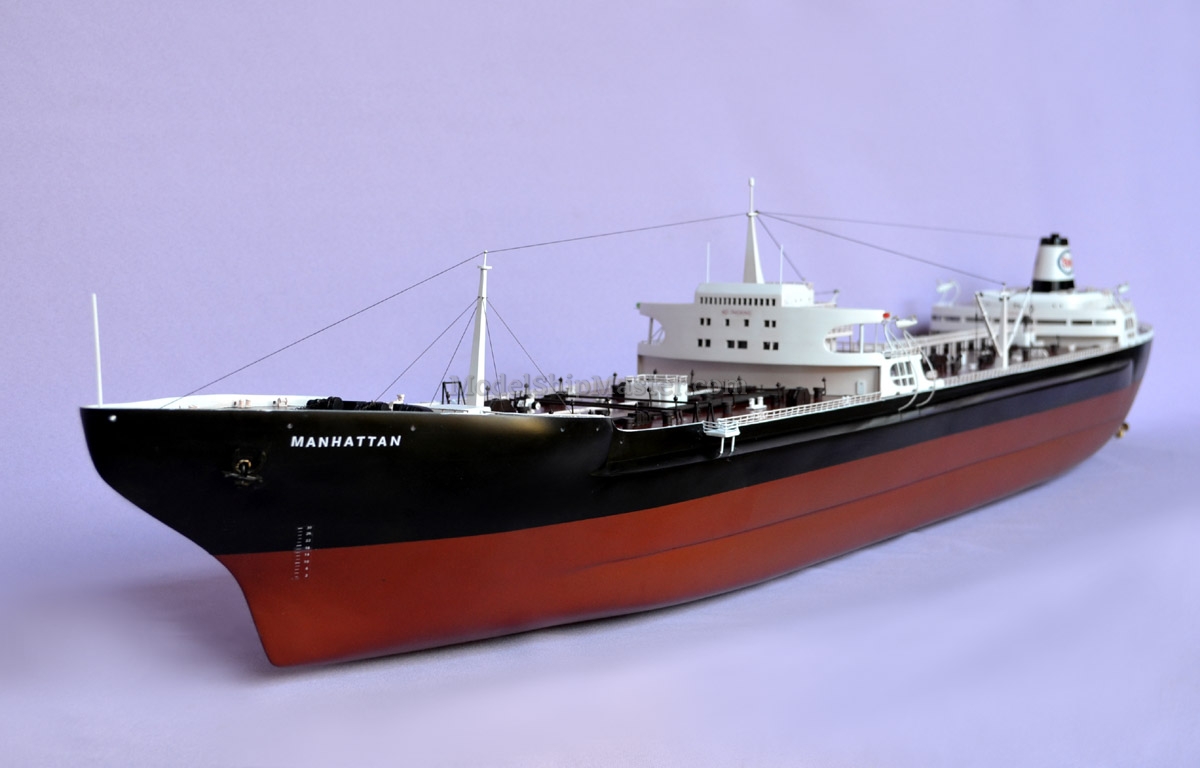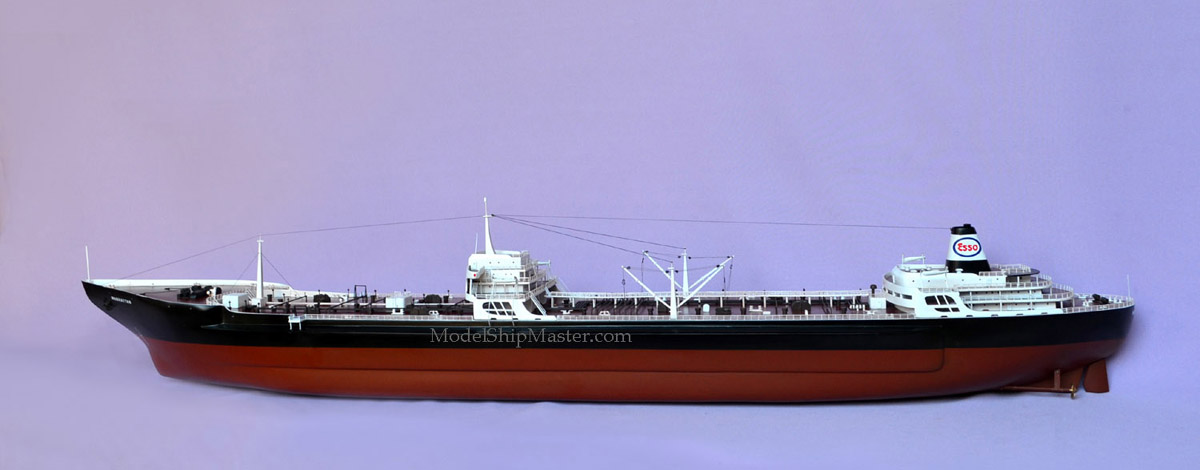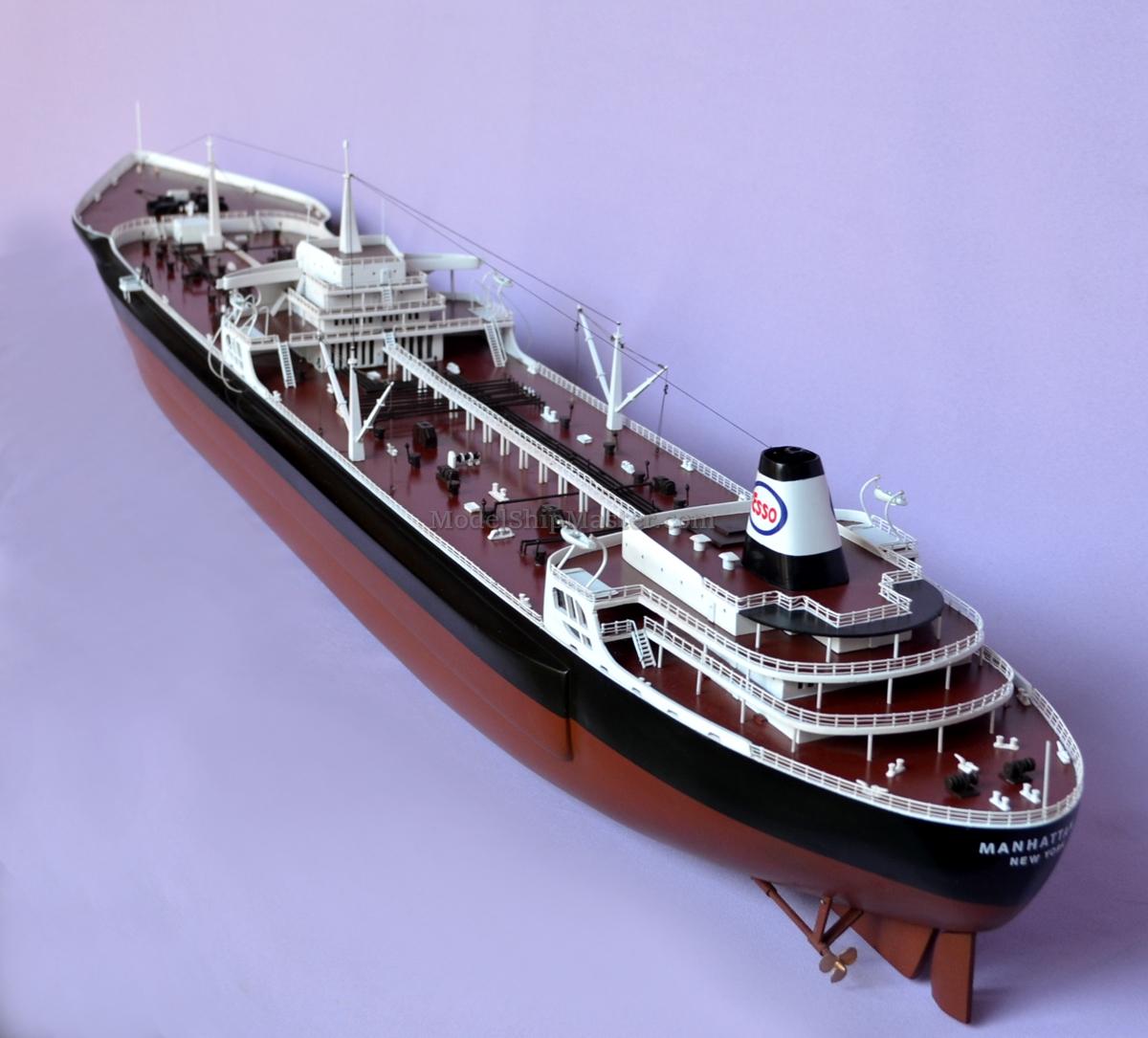|


256-bit encryption
$500,000 protection

|
ICE BREAKER SS MANHATTAN
For the Manhattan when
built, please go here:
tanker Manhattan

In one of
history's biggest privately funded ventures, the
tanker Manhattan won immortality as the first
commercial ship to break through the Northwest
Passage. The feast happened in 1969, after the
Manhattan was converted into an icebreaker by
Sun Shipping in Newport News, Virginia.
For over 500 years, the Northwest Passage had
tempted merchant adventurers with its promise of
a seaway connecting the Pacific and Atlantic
oceans across the ice choked top of North
America. The first explorer only succeeded after
a three-year journey. The following decades saw
that only nuclear submarines and small coast
guard icebreakers could make the trip. Until oil
was discovered on Alaska's North Slope in 1968
spurred the development of a brand new type of
ship: the icebreaking oil tanker.

Built in 1962 by Bethlehem Steel in Quincy,
Massachusetts, the SS Manhattan was also the
largest US merchant vessel. SS Manhattan was
also the only twinscrew tanker over 100,000 dwt
in the world at the time. She possessed a
unique, transitional structure that bridged an
evolutionary moment in ship design. The ship
combined the daring size of the future with the
conservative robustness of the past. For
example, the Manhattan had 45 cargo tanks
between the forepeak and engine room bulkheads.
Today's ships of similar length would have only
about 15 tanks. Her short tank length gave a
more substantially rigid structure than found in
the modern design. Her scantlings were so heavy
that the bottom plating, deck, and upper hull
structure were of heat-treated steel which by
nature a very favorable low temperature
characteristics.
The conversion project took everyone into the
unknown, shipyard, scientist, and expert alike.
Very little was actually known about the extent
of the work needed to make the Manhattan ready
for Arctic service. Only one yard--Sun
Shipbuilding was willing to take on the
extensive modification task in which over 9,200
tons of steel would be added to the ship.
At the project's height, the project occupied
over 90% of Sun's workforce of 5,500 men and
100% of its capacity. Esso also paid Sun to
suspend work on the two new buildings to give
complete the Manhattan's conversion in eight
months.
No single shipyard could make it in eight
months, and the project was divided among four
yards: Sun, Newport News, Alabama Dry Dock, Bath
Iron Work. Arrived at Sun in January 1969 and
leaving in August of the same year, the
icebreaker Manhattan became the most heavily
armored merchant ship in history. Yet she lost
only a quarter-knot in service speed.
The total cost of the conversion was $58
million--all was undertaken by private
enterprises. (Arco and BP each paid $2 million
and Esso $54 million--about $300 million today.)
It was a tremendous cost if compared to a same
size tanker which would cost only $20 million to
build at that time.
Until the premature end of her days in 1987, SS
Manhattan sported her distinctive icebreaking
bow-- a monument to what can be achieved when
one has the will.

This
primarily wood ice
breaker Manhattan
model is
34.5" long (1/350 scale)
$3,720 Shipping and insurance in
the contiguous USA included.
Other places: $400 flat rate. This model is built per
commissions only. Lead time is about 6 months.
|